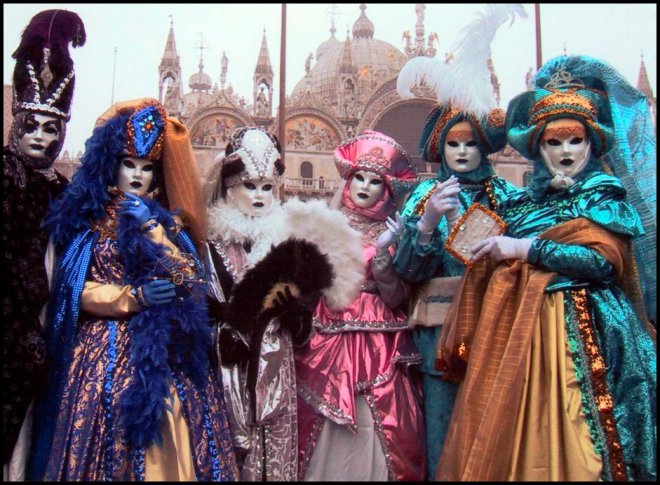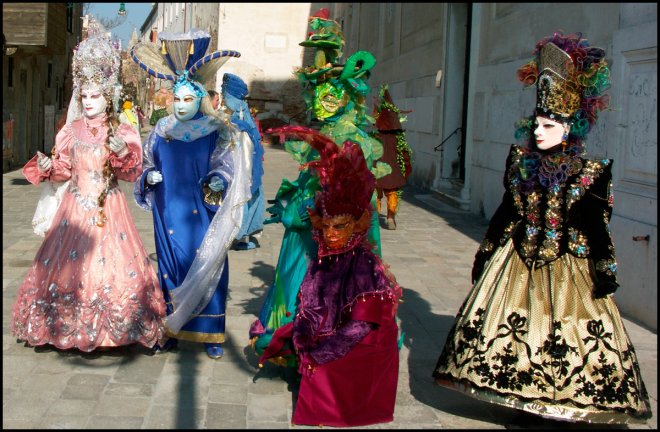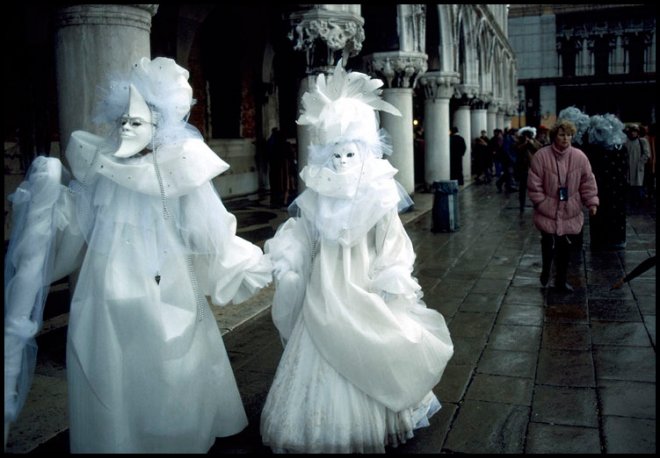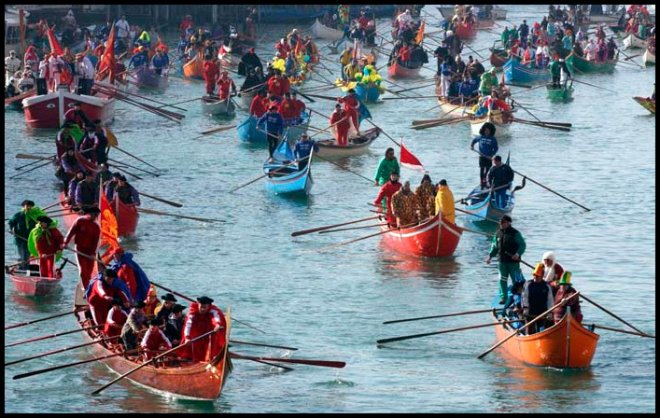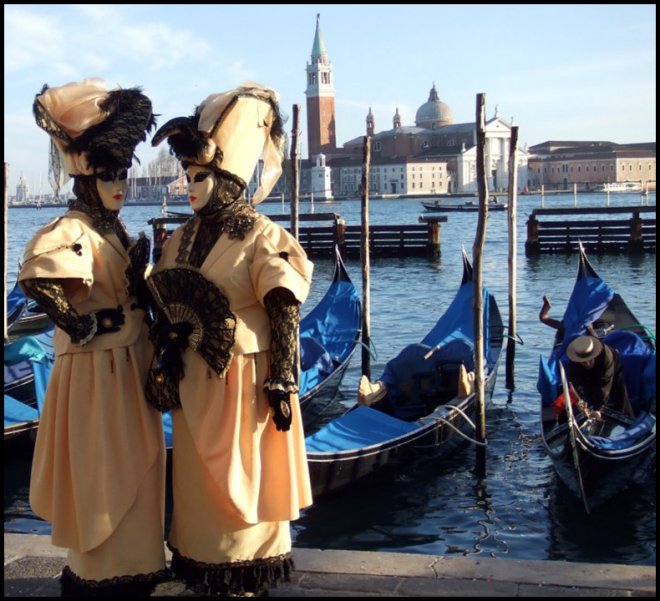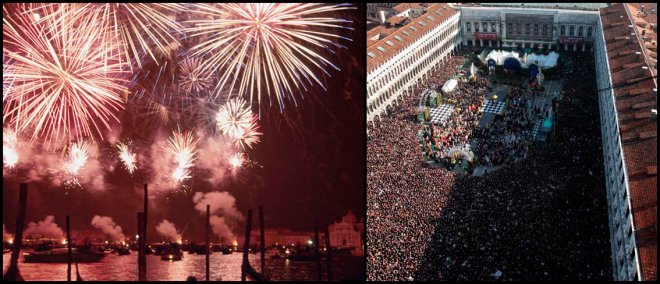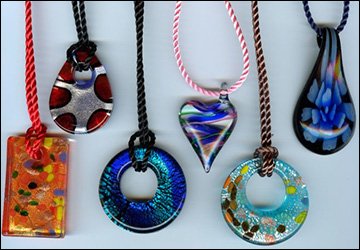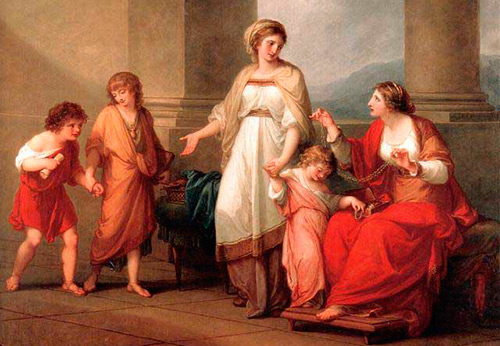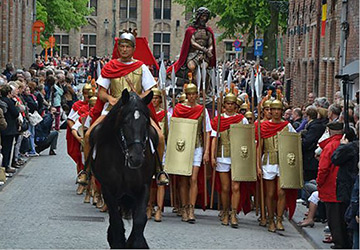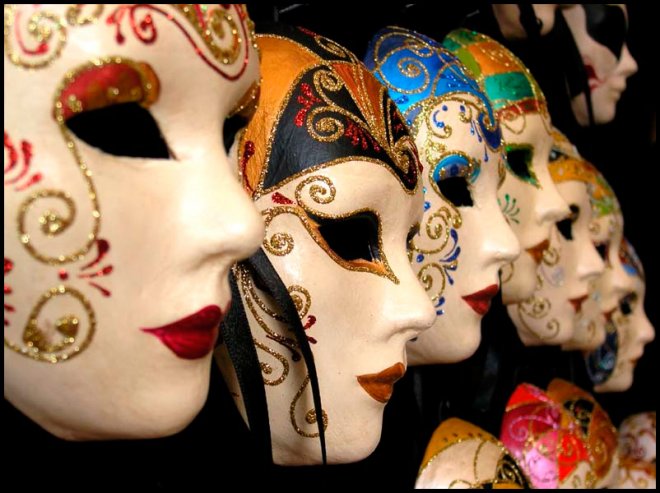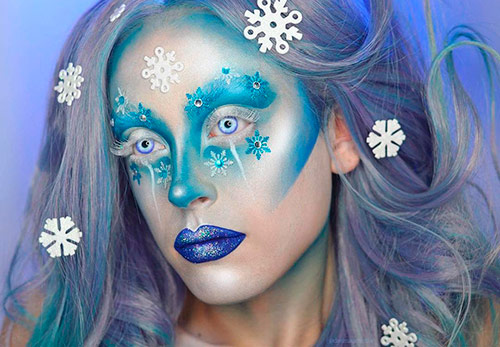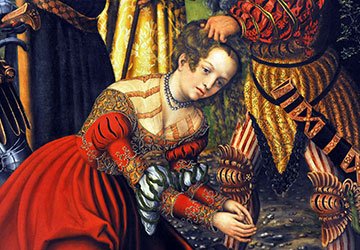Fashion history
Venice Carnival and its history
Venice. Venice! Venice ... How much the name of this city says. After all, these are canals, and gondoliers, night walks under the full moon. After all, these are old streets and squares. And world-famous temples, and paintings by great masters. And memories of the glorious times of Casanova. And the carnival. The most famous, the very first Venice Carnival.
The history of the Venice Carnival goes back to the days of Ancient Rome. In ancient Rome, once a year, during the winter solstice (in December), Saturnalia was celebrated. They passed in honor of the god Saturn - one of the main ancient Roman deities, the patron saint of agriculture. On this holiday, slaves were allowed to have fun with their masters, sit with them at the same table. And so that prejudices did not spoil the mood, everyone dressed up in masks, and now it was not visible who was the master and who was the slave.
With the disappearance in the depths of the time of Ancient Rome and the advent of a new religion, Christianity, the tradition of the holiday itself did not disappear, but slightly transformed, changed. Now the ancient Roman gods were no longer disturbed, but the masks and carnival costumes preserved, as preserved and unrestrained fun, when you can forget about all decency. Now the carnival began to be held before the fast, which precedes Easter. And the mention of the first Venice Carnival dates back to 1094. And in 1296, the Senate of the Venetian Republic officially proclaims the last day before Lent.
Venice carnival ... But the origin of the word carnival is very confusing. There are several options, the first is carne vale, which means "goodbye, meat", and this name most likely came from the Catholic Church, which thus gave the name to the holiday before Lent. Or car val - which means "ship of jesters" and, thus, gives an apt description of the holiday itself.
The Venetian carnival was magnificent and famous. A masks... And masks eventually became popular not only during the carnival, but also in everyday life. The church even had to prohibit the wearing of masks outside the carnival by an official decree. And in 1608, a decree was issued according to which men who were seen wearing masks on non-carnival days were subject to two years of imprisonment and a fine. They treated women easier - they were simply flogged in the square.
The Venetian carnival was popular until the 18th century (the 18th century is both the heyday, the peak of the carnival's popularity, and its end), by the way, Napoleon Bonaparte turned out to be a great dislike of the Venetian carnival. But in the second half of the twentieth century, the Venice Carnival begins to gain popularity again.
Now the Venice Carnival is visited annually by about half a million tourists. And they are not only spectators, they also take an active part in the carnival itself. The most active are elderly tourists from Italy and France. They sew costumes and participate in fancy-dress balls that take place in the ancient palaces of Venice. Young people are more likely to have fun in squares and in bars.
The Venice Carnival begins with the Festa delle Marie, which is dedicated to the release of Venetian girls kidnapped by pirates from Istria. This is followed by a traditional show in Venice's main square, San Marco. This performance is "Flight of an Angel". It consists in the fact that a girl, an angel, descends on belts from the belfry of St. Mark's Basilica. Descends smoothly and gracefully, as if she really is an angel. At the 2010 Venice Carnival, the role of an angel went to a young and beautiful girl, Bianca Brandolini D'Add, daughter of Countess Georgina Brandolini. In 2024, the "angel" was Silvia Bianchini, a young woman from Venice.
And then the carnival procession and the festivities themselves follow, both in palaces, bars and restaurants, and in the squares and streets of the city. All Venice turns into a solid carnival. Everywhere you can see people wearing amazing costumes and incredible masks. By the way, today, in addition to the traditional masks of the Venice Carnival, for example, the Plague Doctor, you can meet a variety of fantastic and even masks of famous people, for example, singers or politicians. You can see the mask of Napoleon, who did not like the Venice Carnival so much, and the mask of Fidel Castro and his associates. Everything is possible at the carnival, any of your imaginations come true.
In 1996, the Venice Carnival also had its own anthem, which was written by a famous fashion designer Pierre Cardin... (on video - Vivaldi)
The Venice Carnival takes place annually. But since the date of the carnival is associated with the date of Easter, and the Easter holiday, as you know, is not tied to a specific date, the date of the Venice Carnival also moves. The Venice carnival takes place in March or February, while if last year's carnival was in March, then the next one will be in February, and then again in March. So the 2024 Carnival took place in March, so the 2024 Carnival of the Year will take place in February. And don't forget to come up with a mask.
Veronica D.
Comments and Reviews
Add a comment
Rating news
Shades of clothing that make women look younger
What shades of hair make women younger: rules and photos
Funny wedding dresses - photos and ideas
12 most expensive down jackets for the winter
How to look 25 at 40: tips from supermodels
Beautiful schoolgirls
Anti-aging haircuts and hairstyles for women
Fashionable skirts for autumn and winter
Fashionable women's trousers for the cold season
Fashionable and stylish sandals for summer 2024
Spring-summer 2024
 Fashionable dresses and tops with thin spaghetti straps
Fashionable dresses and tops with thin spaghetti straps
 Bandana tops: how to wear stylishly and beautifully
Bandana tops: how to wear stylishly and beautifully
 How to put together the perfect men's wardrobe for the summer
How to put together the perfect men's wardrobe for the summer
 Trendy shorts for spring-summer 2024
Trendy shorts for spring-summer 2024
 Fashionable skirts for spring-summer 2024: a guide to online shopping
Fashionable skirts for spring-summer 2024: a guide to online shopping
 The most fashionable dresses spring-summer 2024: styles and colors
The most fashionable dresses spring-summer 2024: styles and colors
 Fashionable total look 2024: image ideas and trends
Fashionable total look 2024: image ideas and trends
